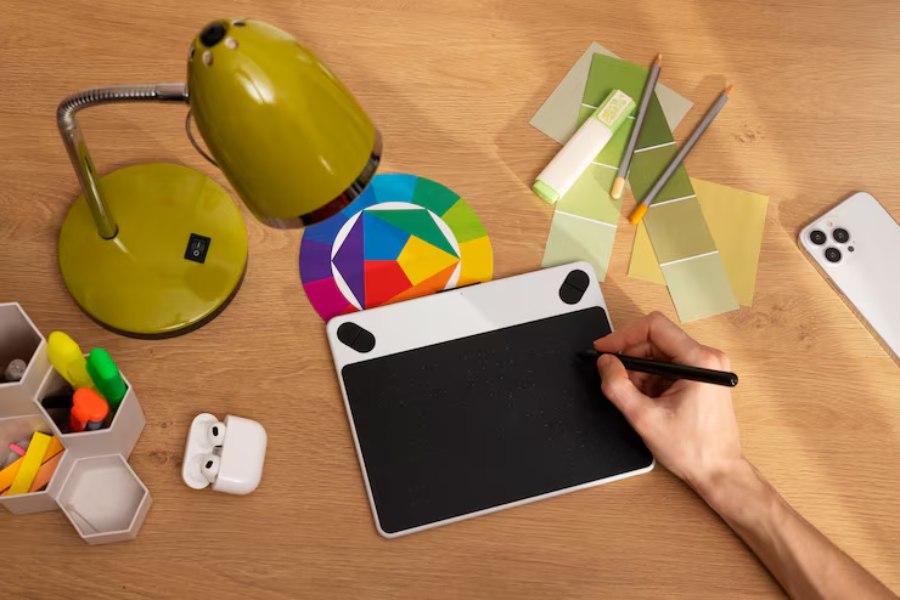Design has always been about communication. From logos and posters to digital ads and websites, professionals use design to share messages in ways that stick. But in recent years, an unexpected contender has stepped into the design conversation: the meme. What started as a playful internet trend has become a powerful communication tool, blurring the line between professional design software and quick meme-making platforms.
The rise of tools like Canva, Photoshop, and Illustrator coincides with the massive popularity of lightweight, accessible apps. Even something as casual as a meme creator can compete with professional tools in terms of speed, reach, and engagement. That overlap is where things get really interesting.
Let’s explore how professional design platforms and meme generators are starting to serve similar purposes, the advantages of each, and how businesses (and individuals) can leverage both for maximum impact.
Why Memes Have Earned a Seat at the Design Table
It might seem odd to compare memes with professional design tools, but memes have become an undeniable part of modern communication. Studies show that memes generate higher engagement rates on social media than traditional branded content because they are relatable, concise, and instantly recognizable.
Memes aren’t just for laughs anymore. They are used by businesses, marketers, and influencers to:
- Increase brand visibility with minimal effort
- Communicate complex ideas in simple, digestible ways
- Create viral campaigns at little to no cost
When you break it down, memes and professional design serve the same purpose: delivering a message effectively. The difference lies in execution.
Professional Design Tools: Depth, Control, and Branding
Professional tools like Adobe Photoshop, Illustrator, or Figma were built for precision and creativity. They offer:
- Total control over design elements: Every pixel can be adjusted to match brand guidelines.
- Scalability: Assets created can be used across print, digital, and video.
- Advanced features: Layers, vectors, typography controls, and color grading ensure quality results.
- Brand consistency: Businesses can maintain a polished look across all marketing materials.
These tools are irreplaceable when it comes to projects that require finesse—like product packaging, web design, or ad campaigns. However, they come with trade-offs: time investment, steep learning curves, and high subscription costs.
Meme Generators: Speed, Simplicity, and Shareability
Meme generators and apps like Imgflip or Kapwing are designed for speed. You don’t need to know about typography grids or color theory to get started. Just add text to a trending image template, and you’re ready to post.
Key advantages of meme generators include:
- Accessibility: Anyone can create without design experience.
- Speed: A meme can be made in under five minutes.
- Virality potential: Memes tap into cultural references that spread fast online.
- Low cost: Most platforms are free or inexpensive compared to professional tools.
This accessibility makes meme generators invaluable for individuals and small businesses that need to stay relevant on fast-moving platforms like Twitter, TikTok, or Instagram.
Where the Overlap Happens
Now, here’s where things get exciting: professional design tools and meme creators are meeting in the middle.
- Templates in professional tools: Platforms like Canva, which is often used by professionals, offer meme templates alongside business presentations and marketing materials.
- Customization in meme creators: Many meme generators now allow advanced editing—custom fonts, filters, image uploads—features once exclusive to pro software.
- Shared goals: Both aim to create engaging, shareable content, whether it’s a slick marketing ad or a punchy meme.
The overlap shows us that memes are no longer dismissed as low-effort design—they’re being recognized as a legitimate form of visual communication.
How Businesses Can Leverage Both
If you’re a business, the smartest strategy isn’t choosing one over the other, but blending them:
- Memes for engagement, professional tools for authority
- Use meme generators for quick, relatable posts that build connection.
- Use Photoshop or Illustrator for high-quality brand campaigns.
- Mix speed with strategy
- A trending meme might only last a week—use meme creators for instant relevance.
- Professional tools help create evergreen assets like logos or infographics.
- Experiment and analyze
- Track which posts perform better. If memes bring more engagement, scale them up, but don’t abandon polished assets.
- Humanize your brand
- Memes add a personal, approachable touch. Professional design keeps things credible. Together, they balance authenticity with professionalism.
The Future of Visual Communication
As audiences crave faster, more relatable content, the gap between memes and professional design will continue to shrink. Expect to see:
- AI-powered tools: Platforms that combine pro-level design features with meme-level simplicity.
- Hybrid templates: Branding kits that include both sleek logos and meme-ready content.
- Mainstream acceptance: Memes as a standard component in marketing strategies, not just a side trend.
The takeaway? The world of design is no longer divided into “serious” professional tools and “casual” meme creators. Instead, they complement each other, helping individuals and brands speak more effectively to modern audiences.
Final Thoughts
The overlap between professional design tools and meme generators shows how much visual communication has evolved. Today’s digital landscape demands both speed and polish, relatability and credibility. By embracing both approaches, creators and businesses can tap into the best of both worlds.
So next time you fire up Photoshop for a client project or scroll through a meme generator for a quick laugh, remember: they’re not so different after all—they’re just two sides of the same creative coin.


